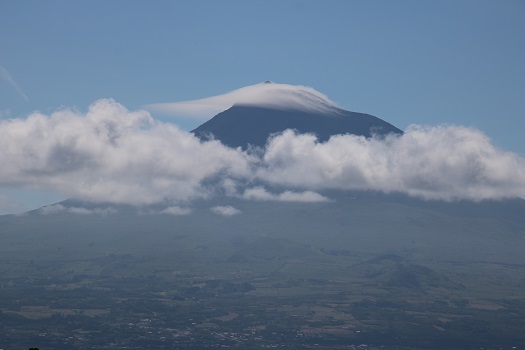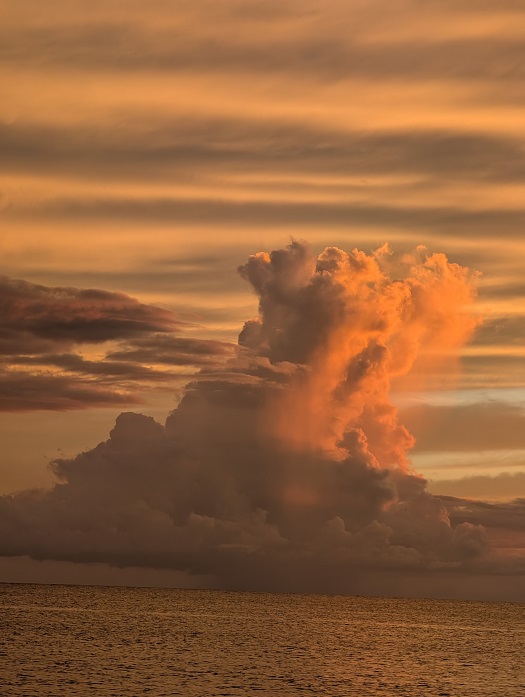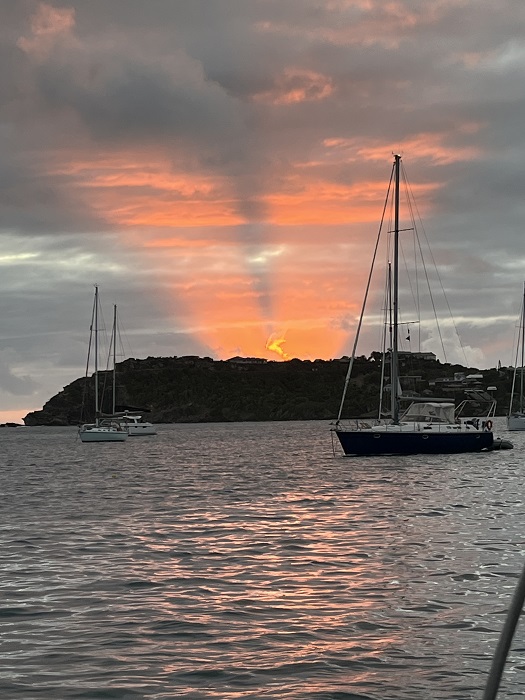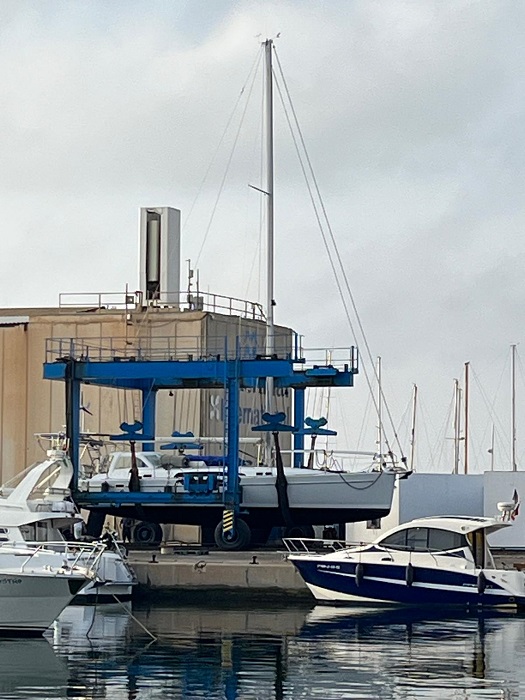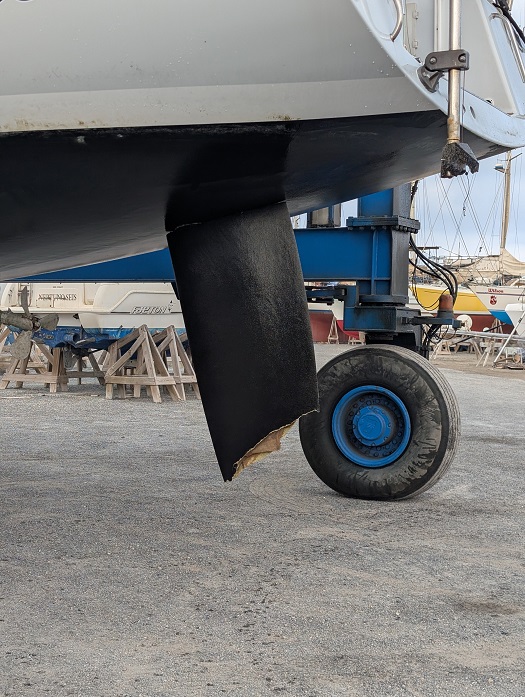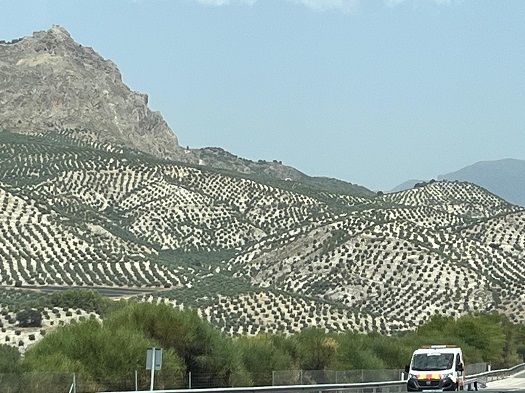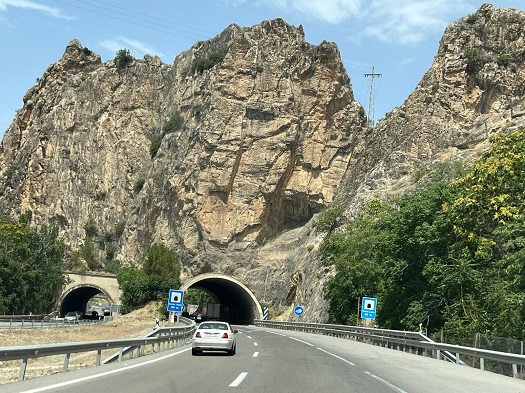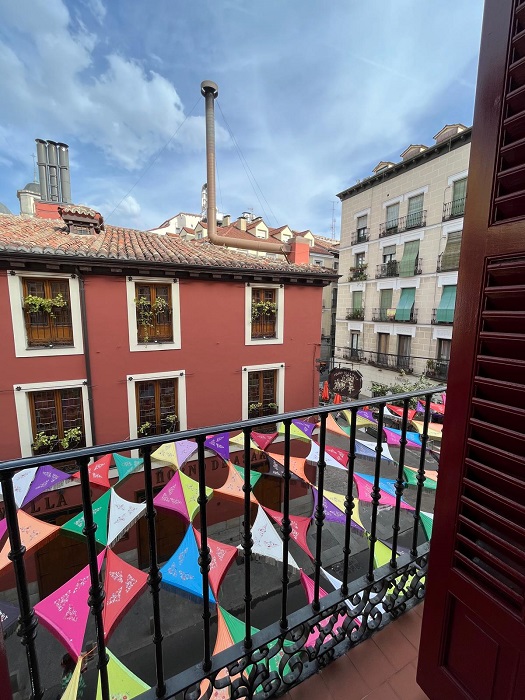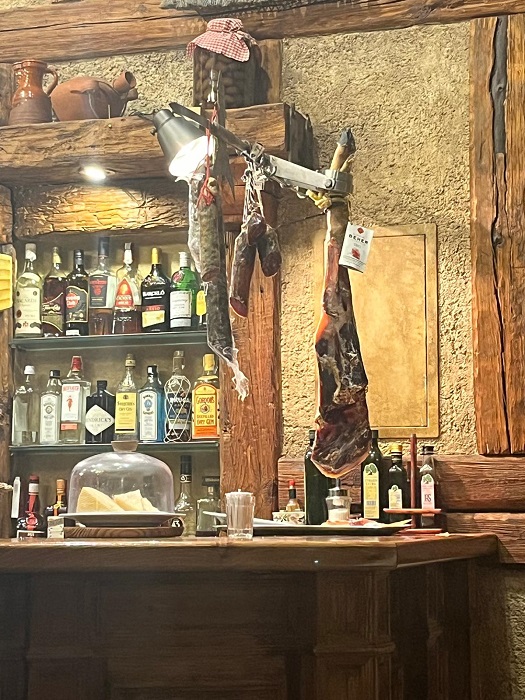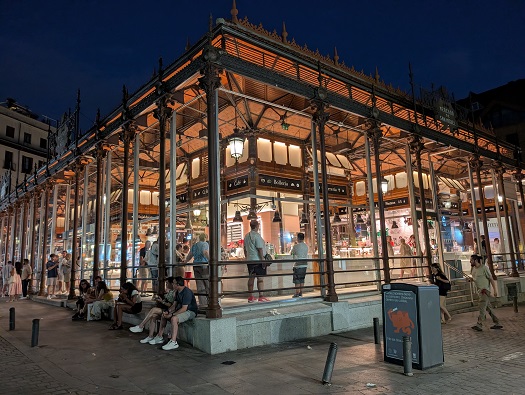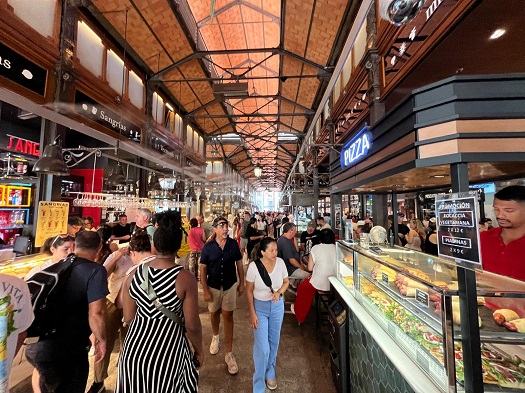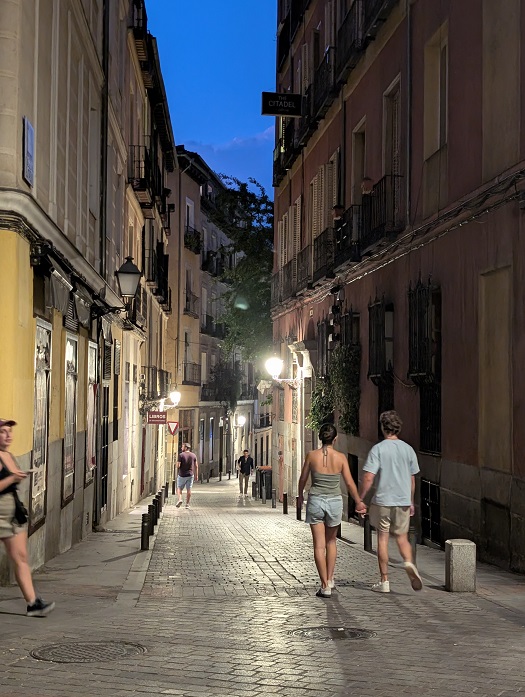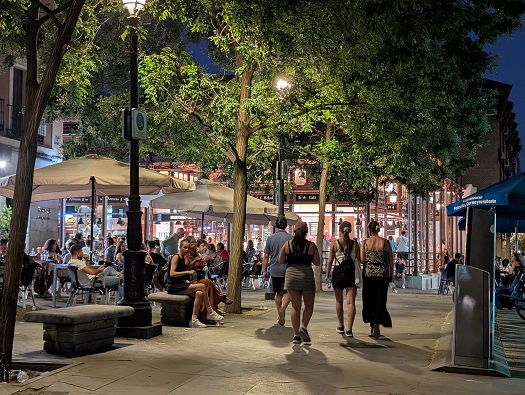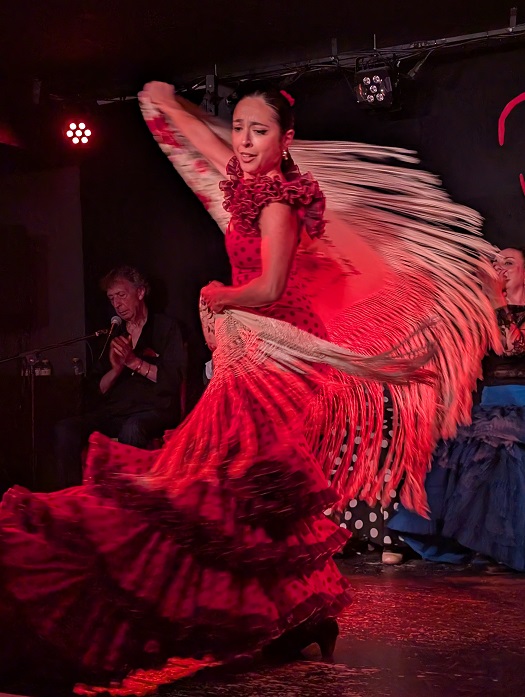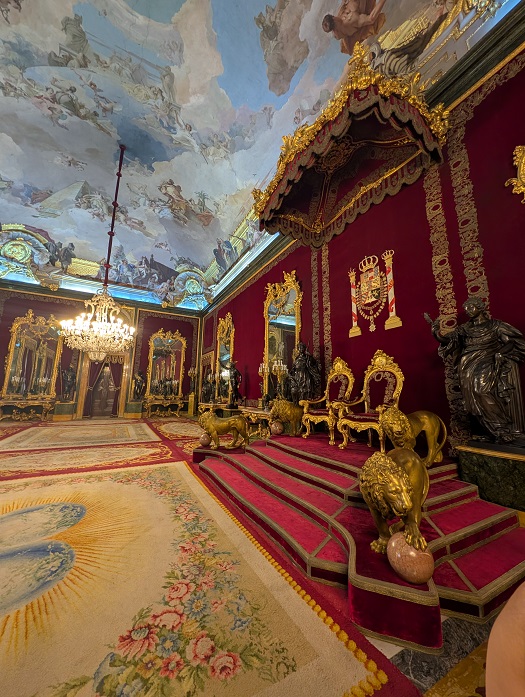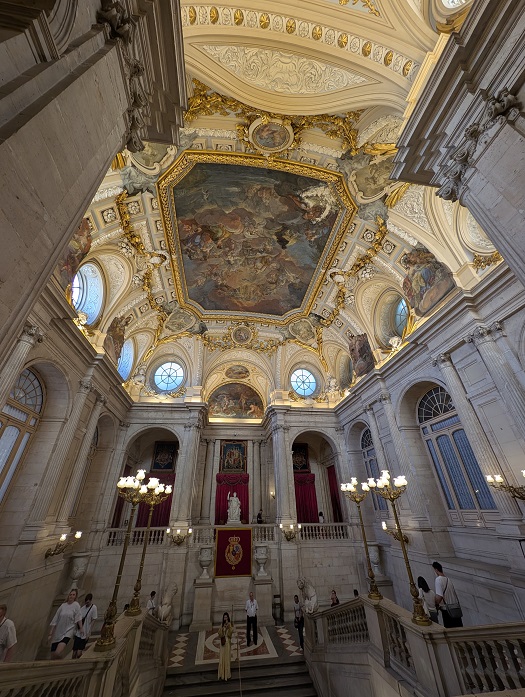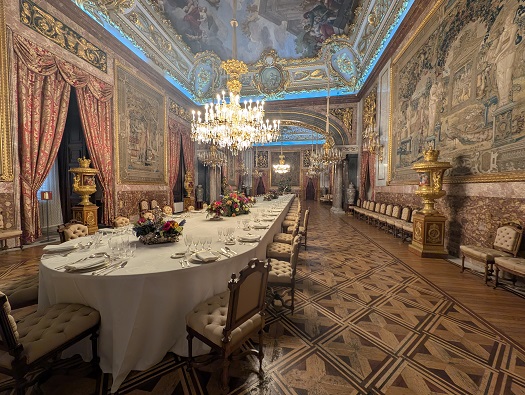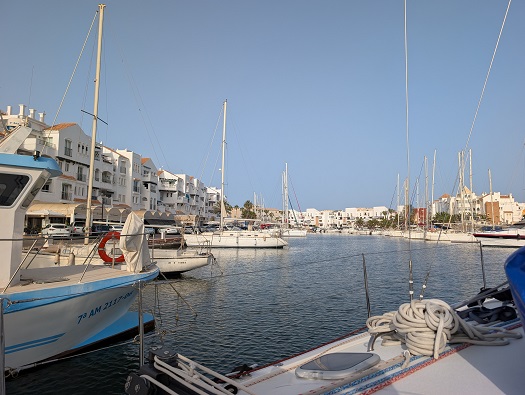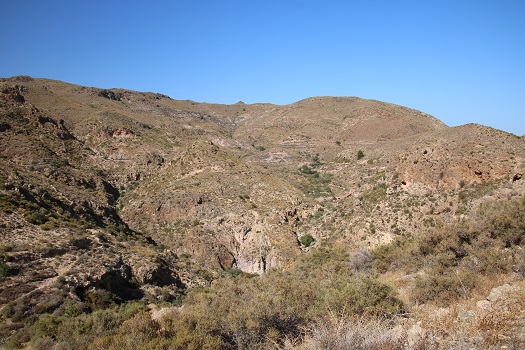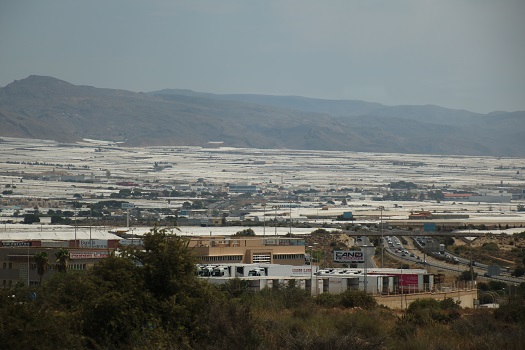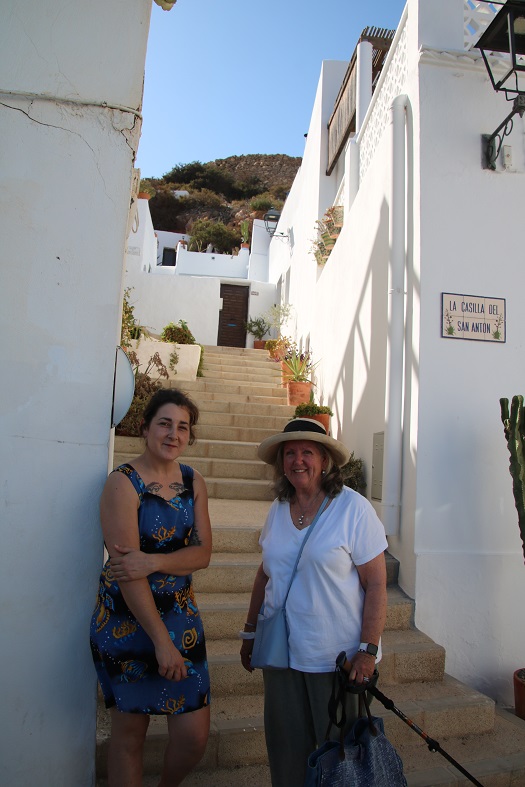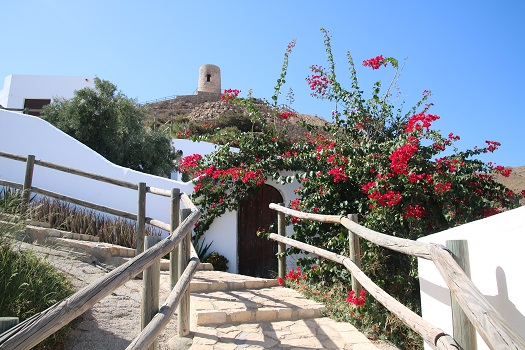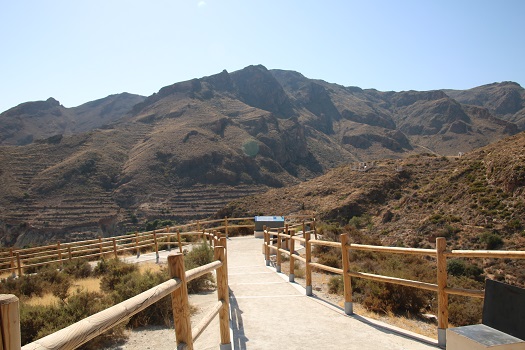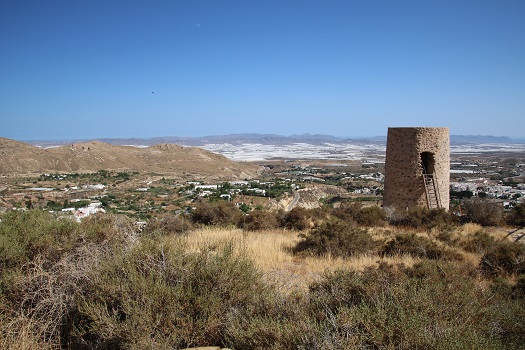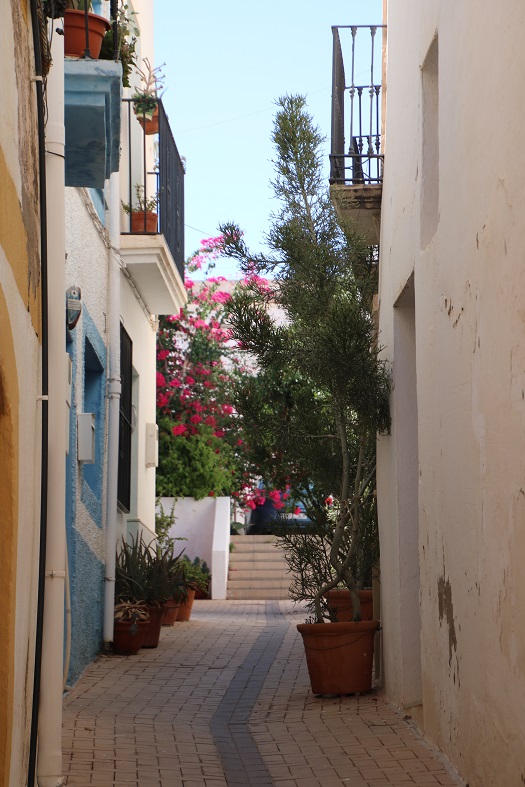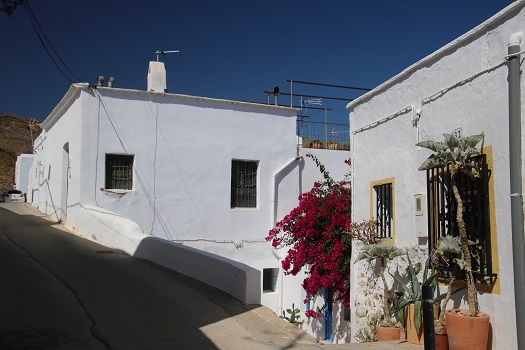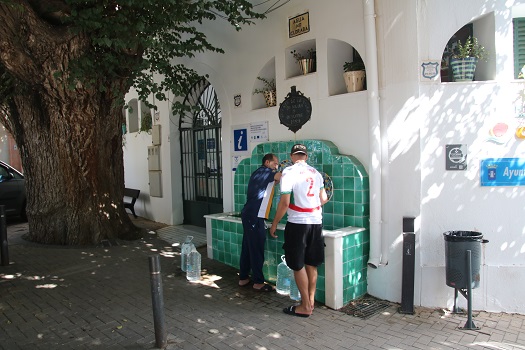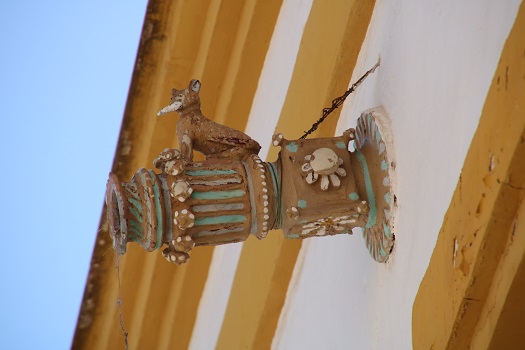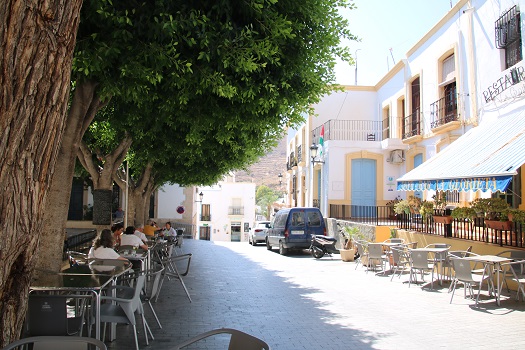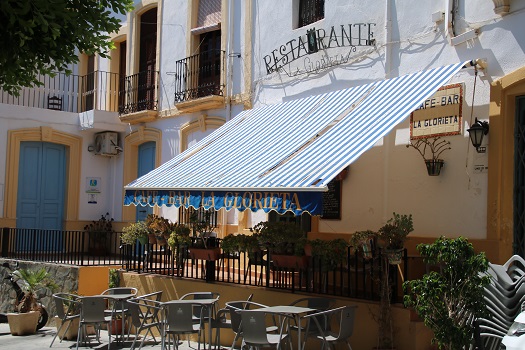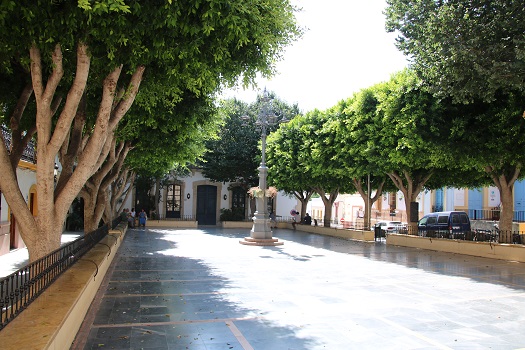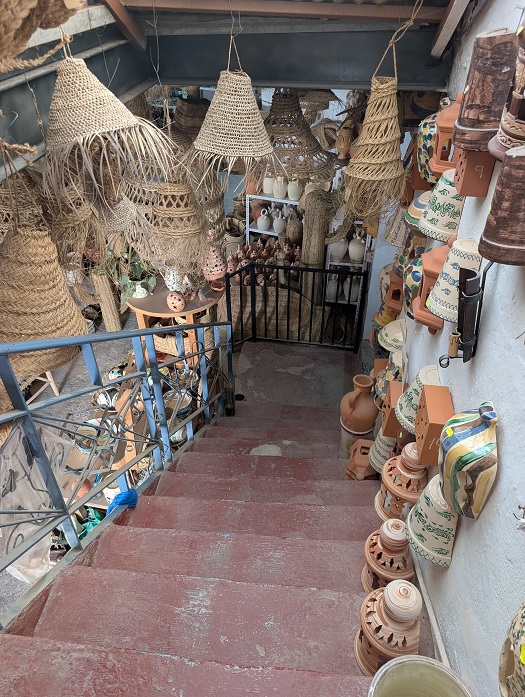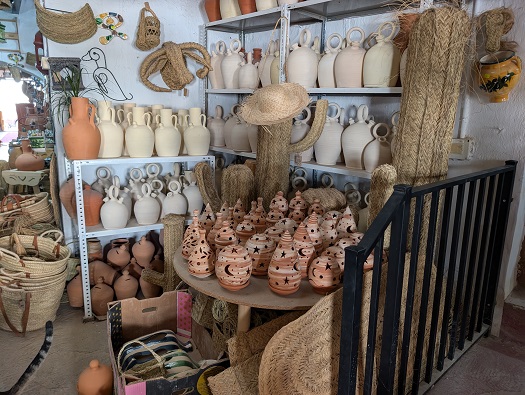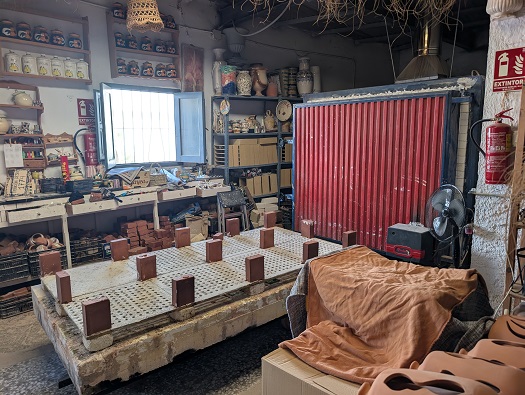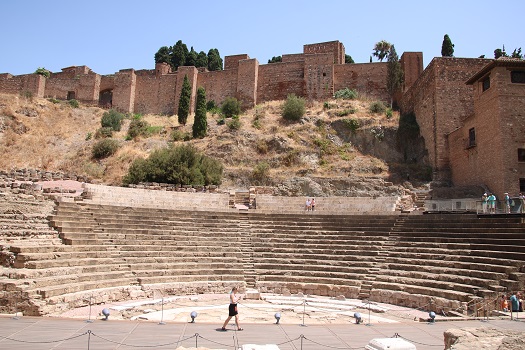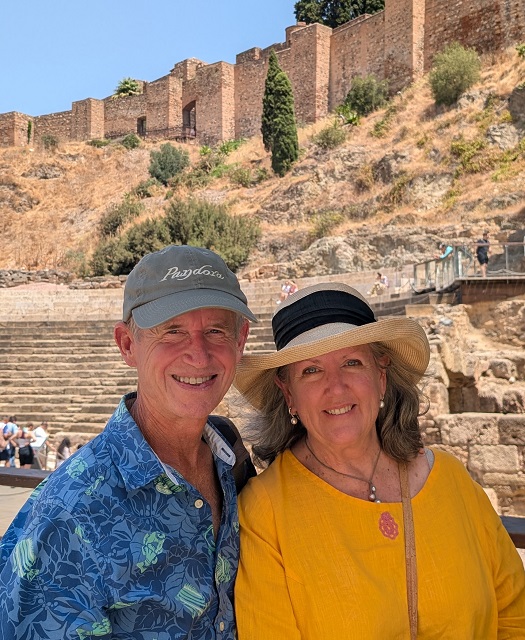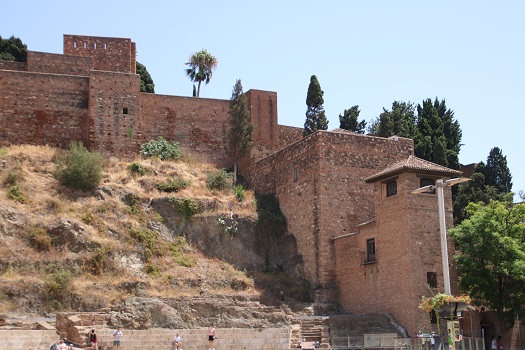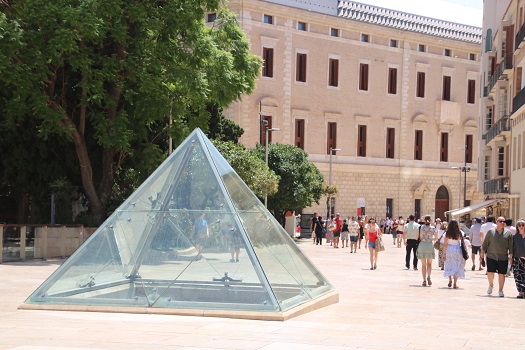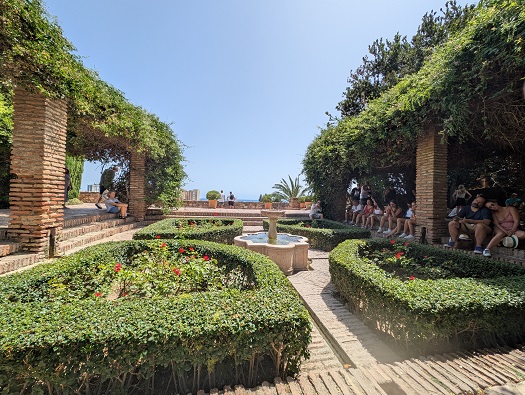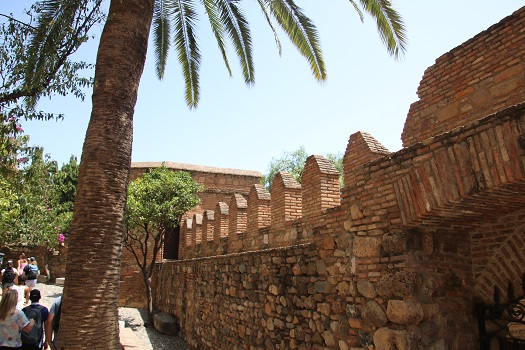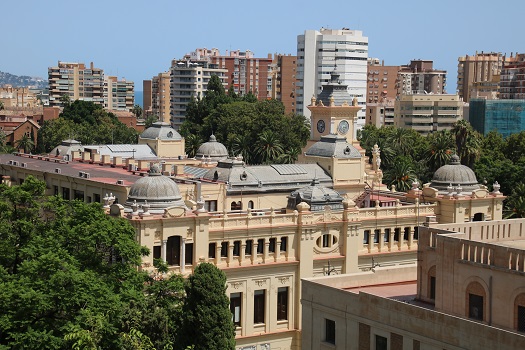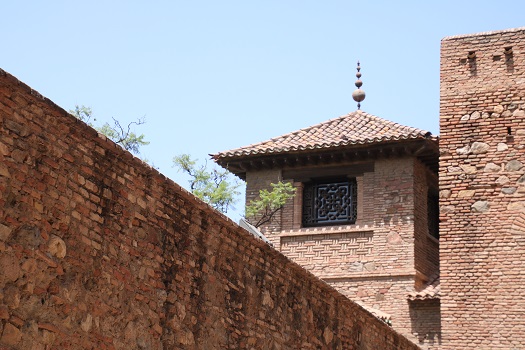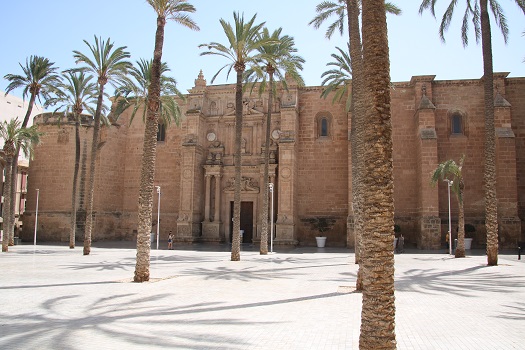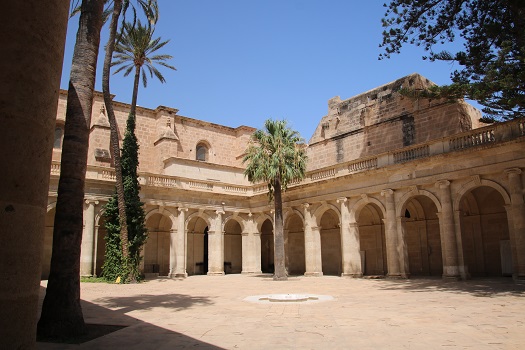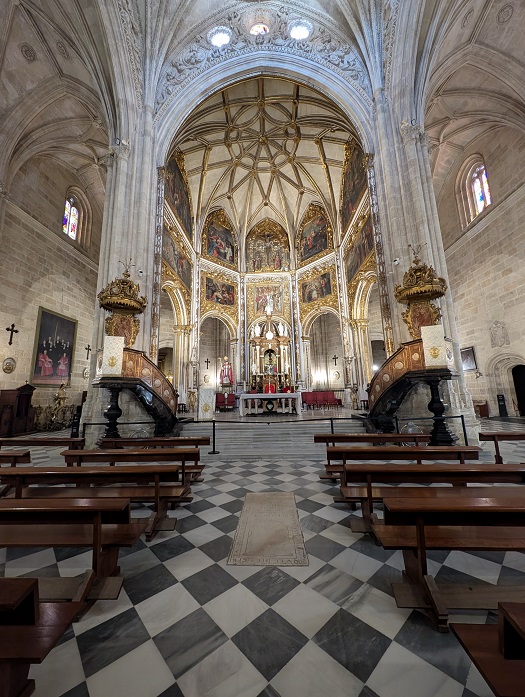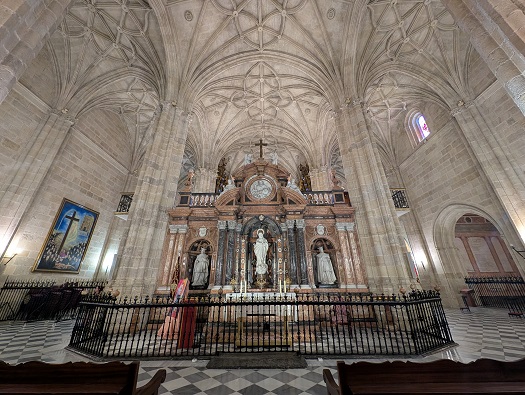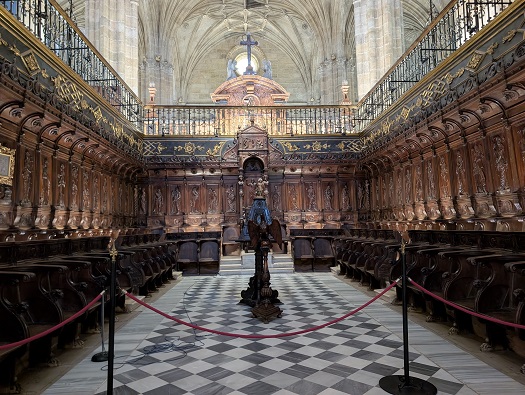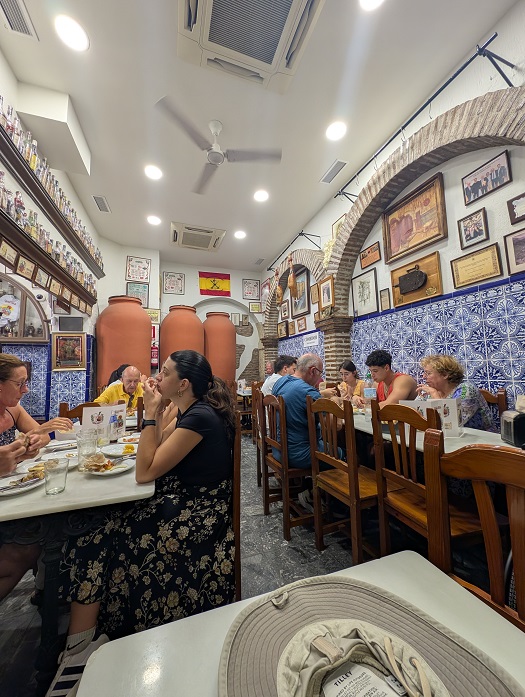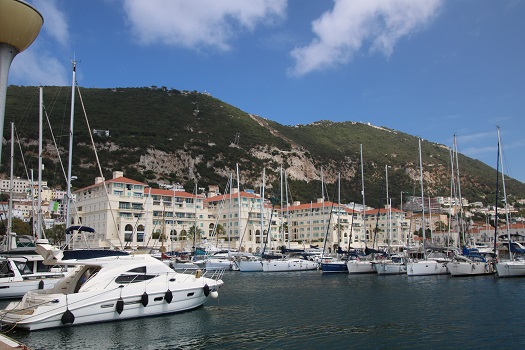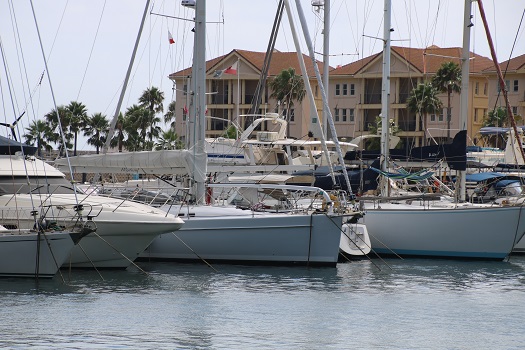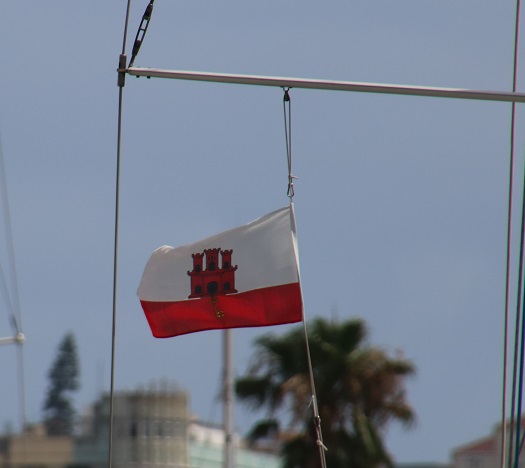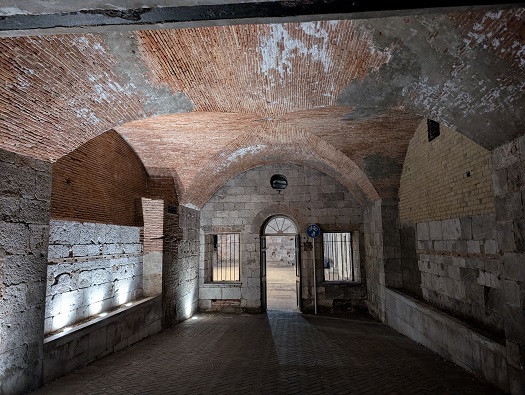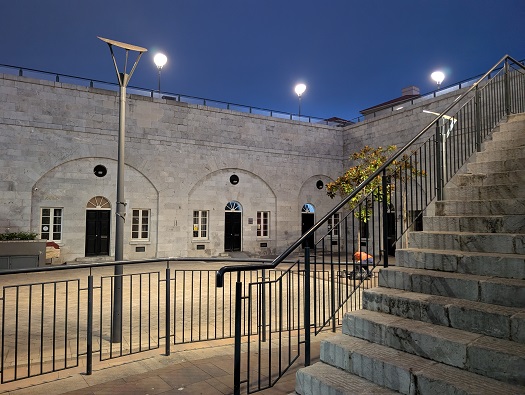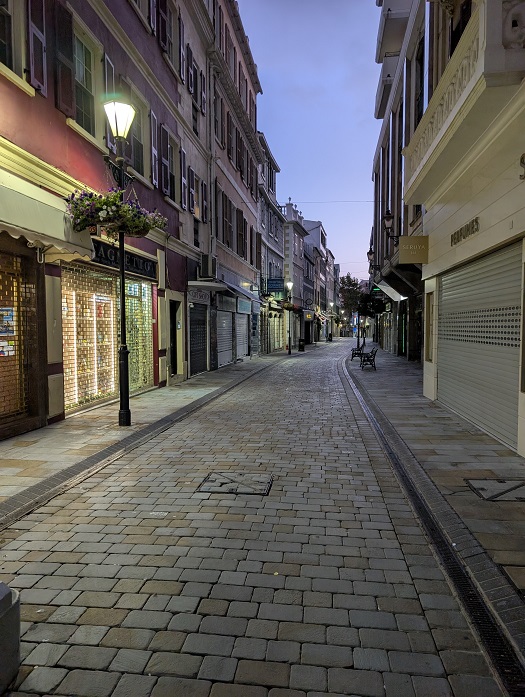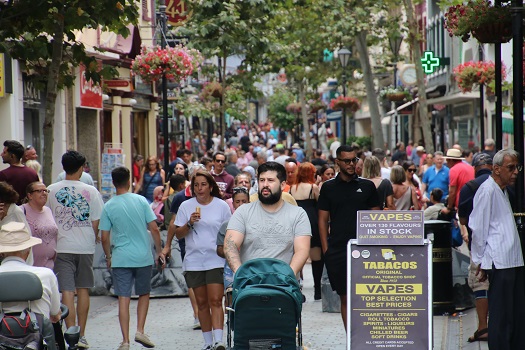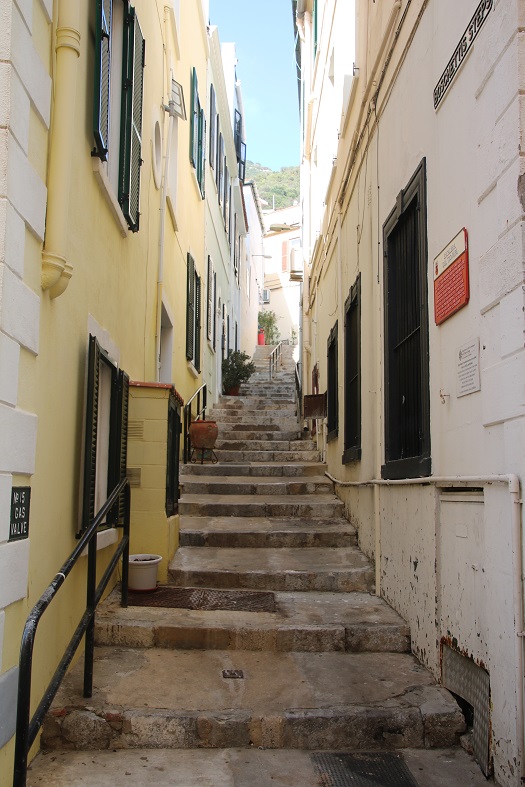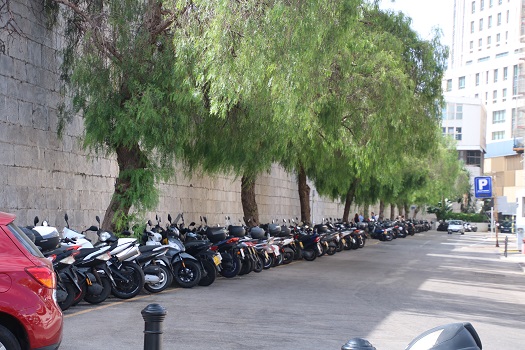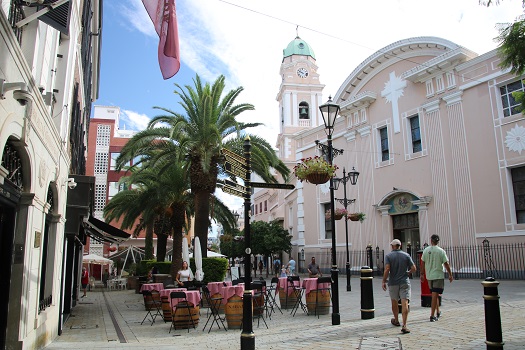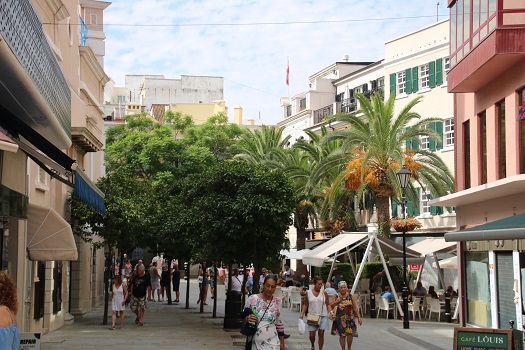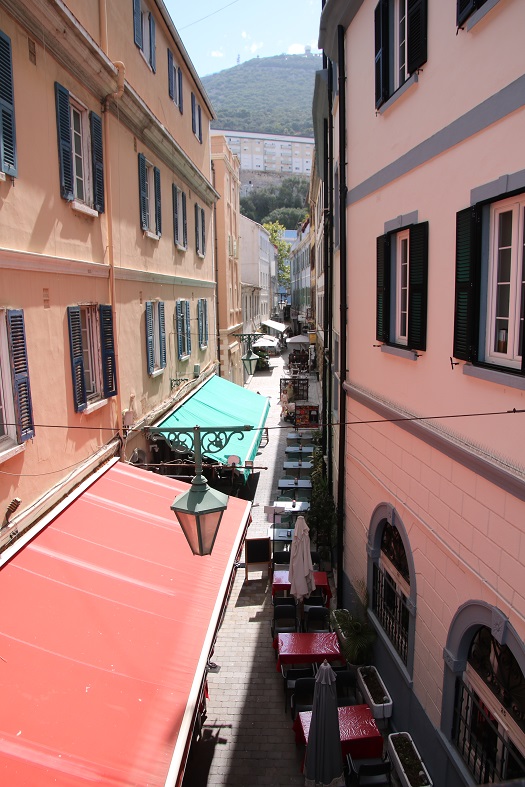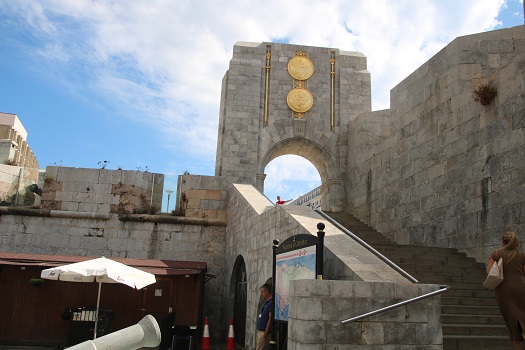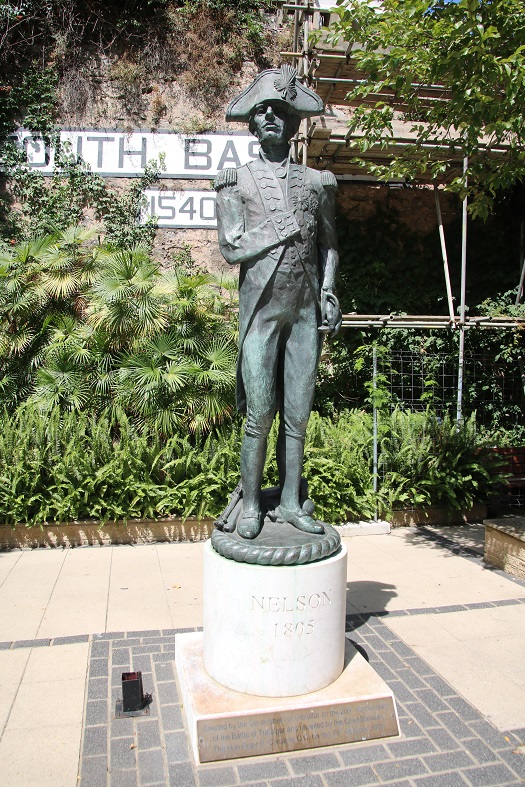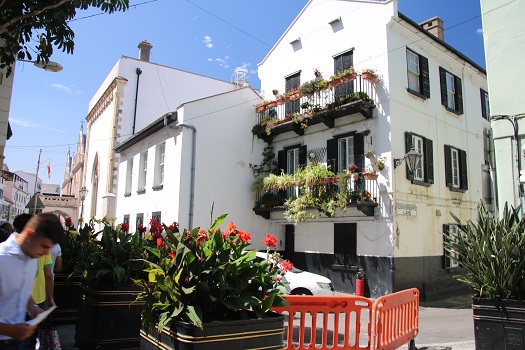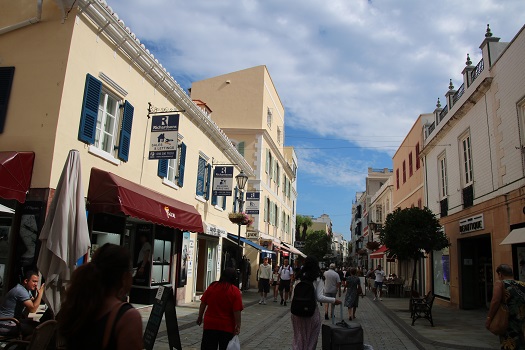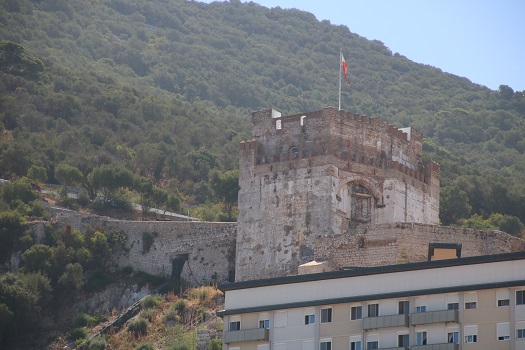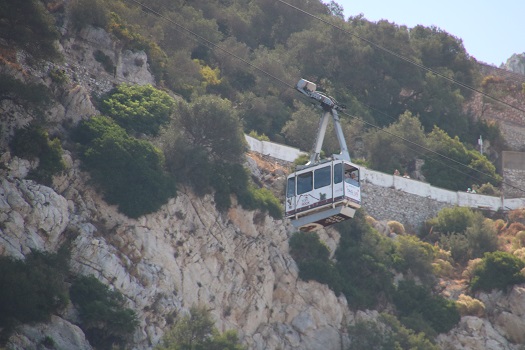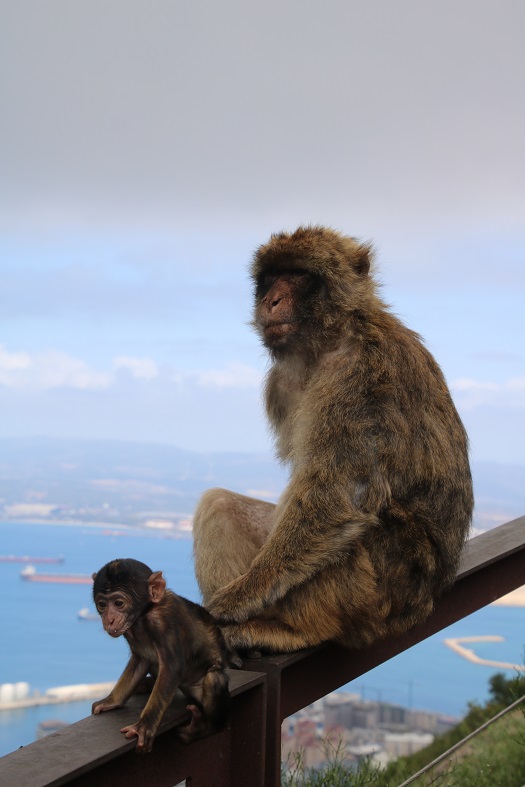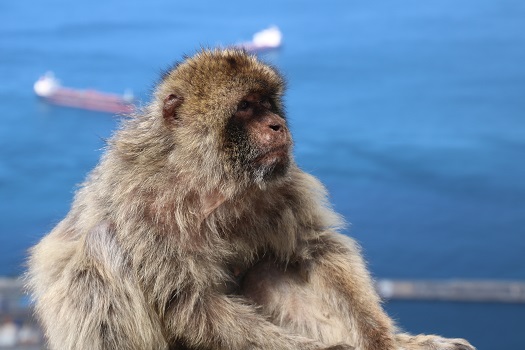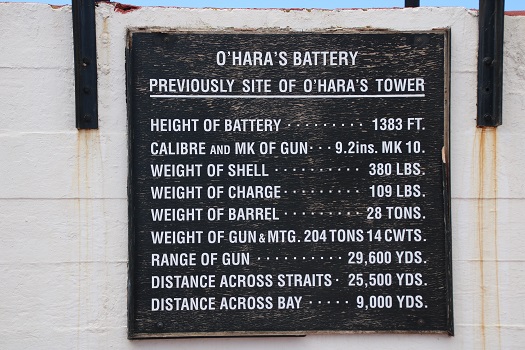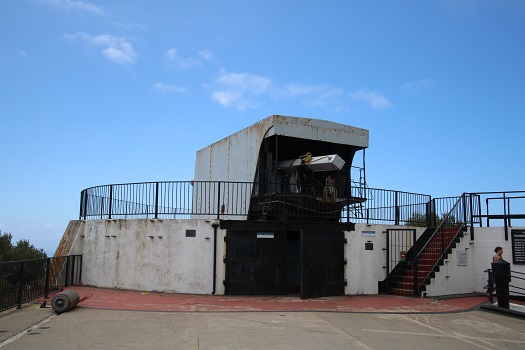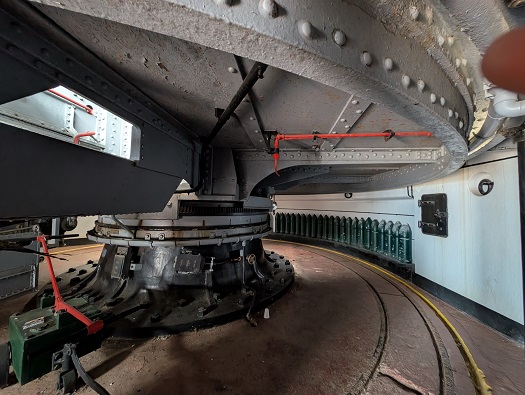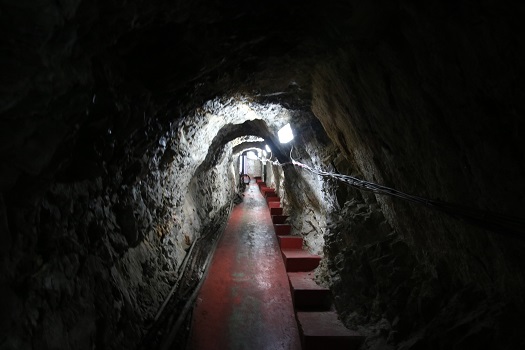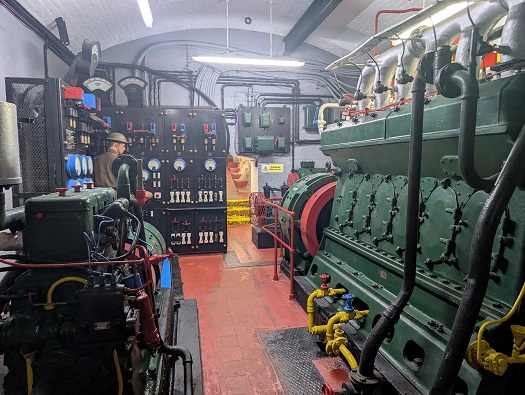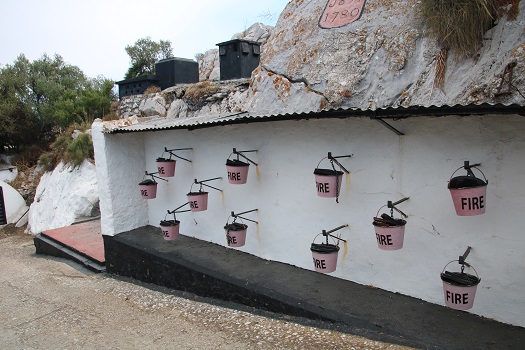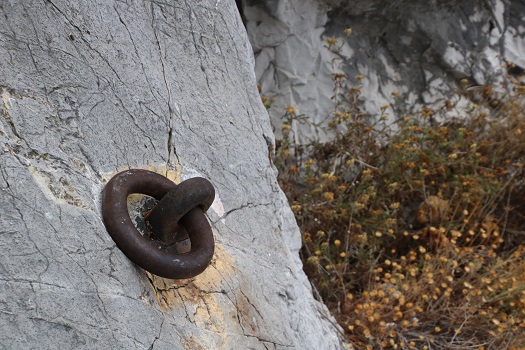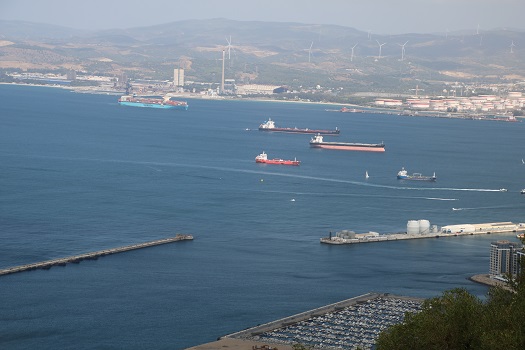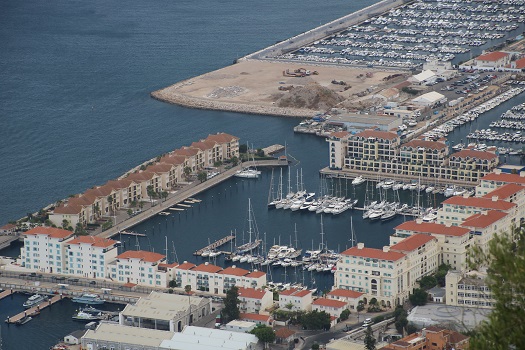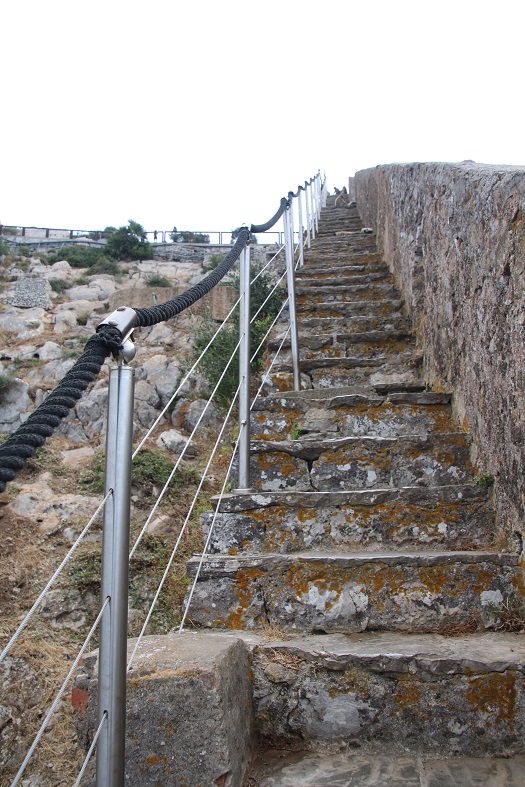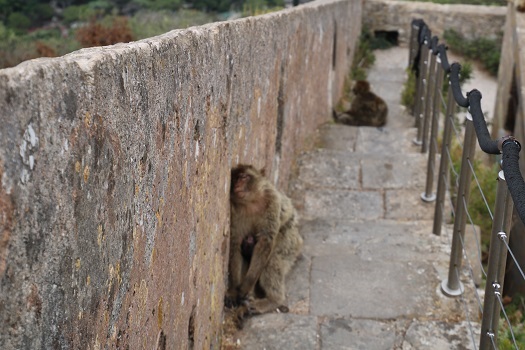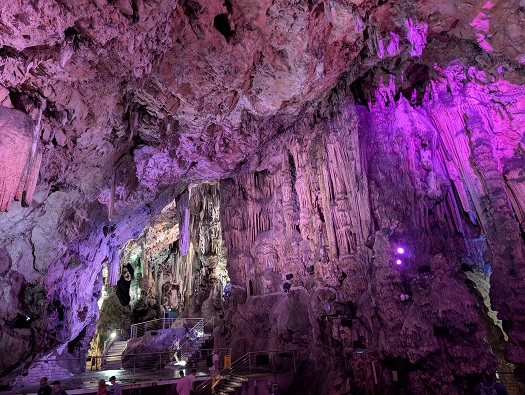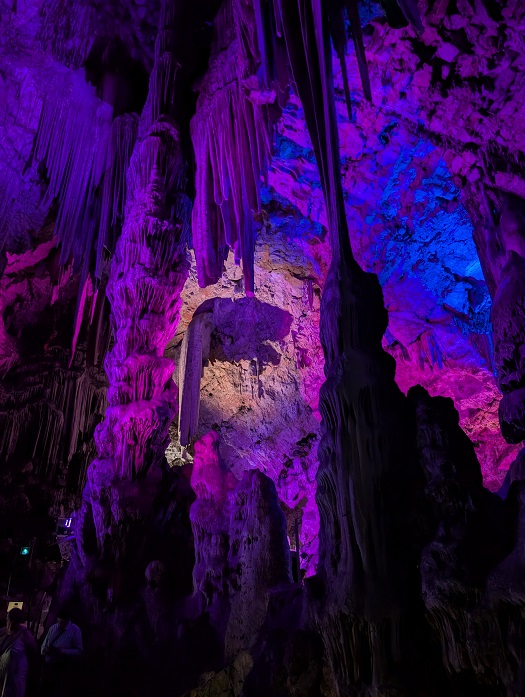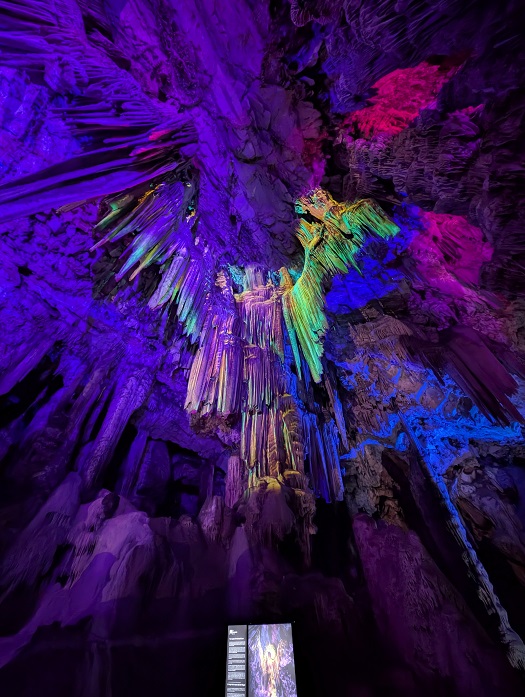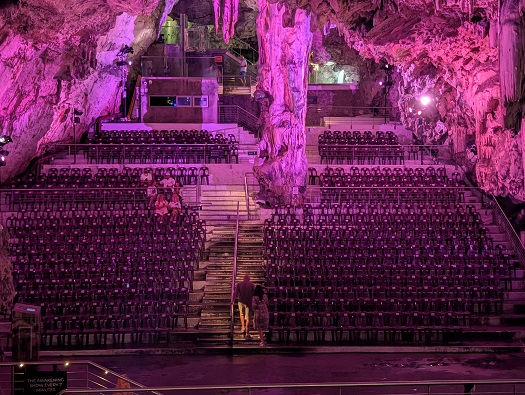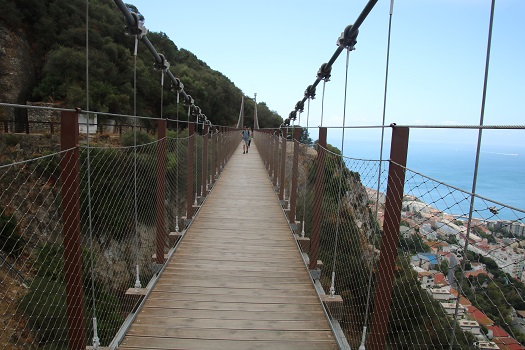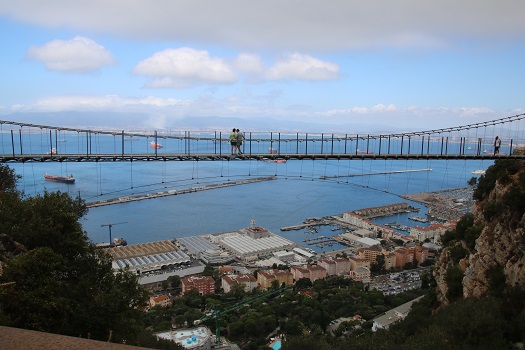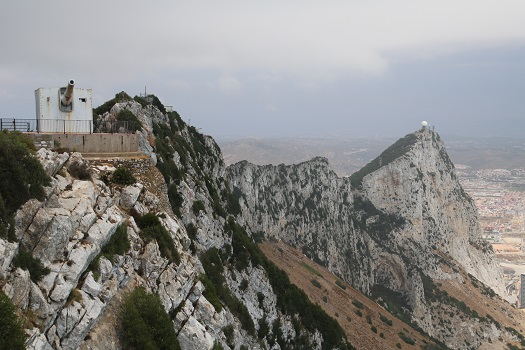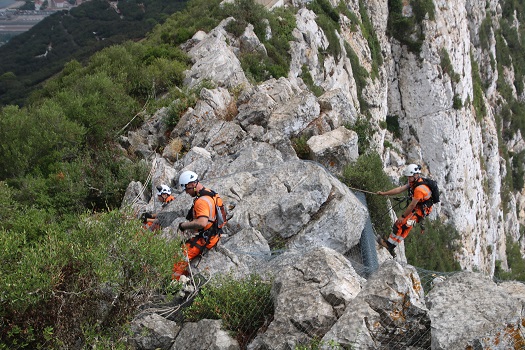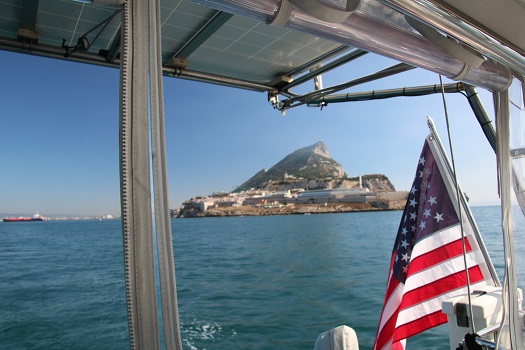If you enjoy looking up at the clouds as I do, you are in good company as there is a society for people like us, the Cloud Appreciation Society I became a member in 2021 after reading an article about the group in the NY Times. The CAS has many resources for cloud lovers but the best benefit is their “cloud a day” where an image, suggested or submitted by a member, is sent out to their more than 50,000 members with a description of what the editors think makes that image special in the world of clouds.
As a new member, I was immediately hooked on the idea that perhaps one of my “clouds” might be chosen and shared. Over the last few years, I have summited more than a few photos for their consideration. Accepted or not, they always get back to you with their decision.
Yesterday, as I sat down with the NY Times and a cup of coffee to see what was going on in the world, along with all the usual upsetting stuff, I was delighted to see an editorial by the founder of the CAS, Gavin Pretor-Pinney, about clouds and how important the various types that we see every day are in regulating our climate.
I also learned that tomorrow, September 12th, is Cloud Appreciation Day. Who knew?
For me, every day is a day to appreciate clouds and I am always on the lookout for cloud photo ops that may be worthy of consideration by the editors of the society.
So far this year I have had four of my clouds published and sent out to their 50,000+ members. And they weren’t the first. I then realized that I had not kept proper track of what they had chosen from my submissions since I joined. Fortunate for me, I was able to reach out to one of their editors who was gracious enough to do some research and send me all of the links.
I was pleasantly surprised to learn that including my very first cloud photo on September 3rd 2021, there have been a full dozen to date.
Today, in recognition of Cloud Appreciation Day, I will share all 12 of the photos that the CAS editors chose along with their explanation of why they thought that the images were worth sharing.
The dozen…
While not an actual “cloud” this was the very first one that they chose, an image of a green flash, a notoriously difficult moment to capture as it lasts for less than a second. I used sport mode to take several photos a second and selected the one that miraculously “captured the moment”.
If you wish to see their actual post in the format that they published, you can click on the link above each photo and my description. I have also followed the link with the photo and what they had to say about the image, in italics.
3rd September 2021 A “green flash” is legendary in the tropics and when the horizon is clear of clouds you can stand on deck and watch for the pop of green on the horizon as the sun drops below the sea. To celebrate the moment, we often “blow the conch”, a sort of trumpet made of a large Bahamian conch shell with the top removed so you can blow into it.
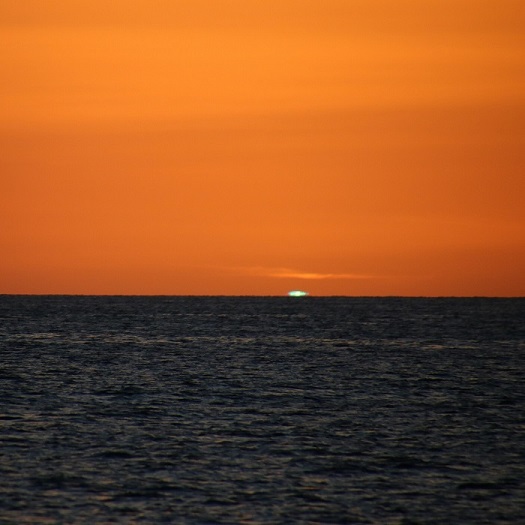
“At sunset over the island of St. Lucia, Lesser Antilles, Bob Osborn (Member 54,749) witnessed a brilliant jewel of emerald light wink from the very edge of the horizon. Visible typically for just a fraction of a second, this is a green flash – an optical phenomenon that is hard to spot and caused by complex atmospheric conditions. For any chance of seeing one you first need a clear, uninterrupted view of the Sun on the horizon, which is usually best met by looking at it across the sea like this. In certain conditions, the water’s surface can also be helpful in setting up the second requirement: a ‘temperature inversion’ down near the surface, which means there is a low layer of cool air beneath warmer air just above. This temperature profile bends, or refracts, the light, causing a mirage effect that distorts the shape of the Sun and gives the appearance of separated blobs of light just above its upper rim that form and disappear with the exact alignment of Sun and temperature inversion. Shorter wavelengths of the Sun’s visible light, which look blue, are refracted more strongly by the atmosphere than longer wavelengths, which look red, which means the shimmering distortion appearing fleetingly at the top of the Sun can look coloured. Since another effect of the low atmosphere is to scatter away more of the shorter blue-looking wavelengths of light, this glimpse of colour is the next colour of the rainbow, green. With all this in mind, you may have more success looking for a real emerald than this atmospheric one.“
13th March 2022 I have always enjoyed taking photos of clouds on passage as there isn’t a whole lot else to look at when we are hundreds or perhaps thousands of miles from land.
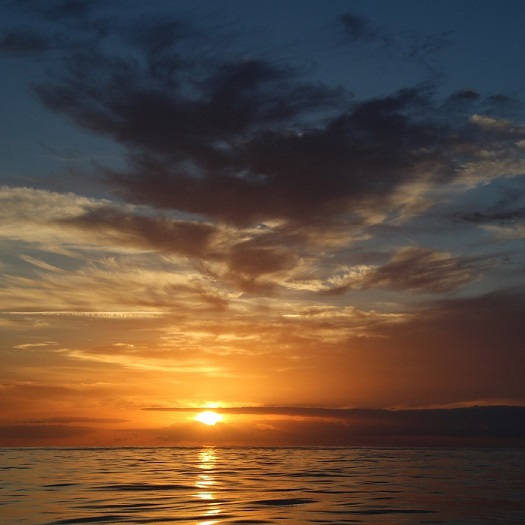
“‘Overhead the sun was running away from the clouds with all his might, and they were trying to catch hold of him one by one, in vain; for he rolled through their soft grasp, leaving their hands bright with gold dust.’
From Martin Pippin in the Apple Orchard (1921) by English author Eleanor Farjeon. Quotation suggested by Serena Beeks (Member 42,201).
Stratocumulus, Altocumulus, and Cirrus clouds chasing the setting Sun, spotted by Bob Osborn (Member 54,749) whilst onboard his sloop Pandora in the Atlantic Ocean between Hampton, Virginia, US and the island of Antigua.“
31st March 2022 Of course an even better time to capture a particularly special moment in the clouds is at anchor as I was in St Anne, Martinique, probably enjoying a rum punch.
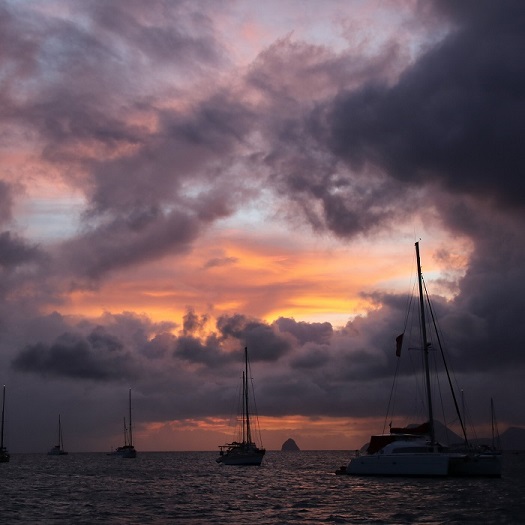
“Bob Osborn (Member 54,749) spends winters in the Caribbean Sea on his boat, a sloop called Pandora. This time of year brings reliable trade winds that blow from east to west and make for good sailing. But, as Bob knows well, it can also bring squalls. These gusty rain storms can be intense but usually dissipate quickly. From safe harbour, while waiting for a squall to pass, Bob spotted the golden canopy of a distant Cumulonimbus cloud at sunset appearing between the low, shadowed forms of Stratocumulus and Cumulus fractus. The dark clouds parted with the passing of the squall as if they were settling down to roost.“
23rd August 2022 One of their categories is clouds that look like animals and I will admit that I spend a lot of time seeing what sort of critter I might find. I thought it looked like an elephant and they agreed.
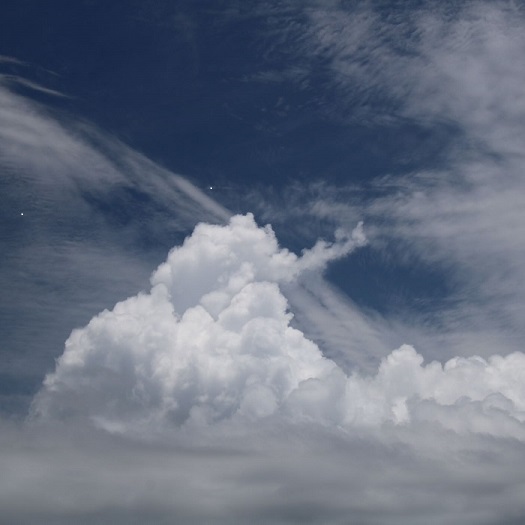
“‘Dumbo! The ninth wonder of the universe! The world’s only flying elephant!’
The words of Timothy Q. Mouse in the Disney film Dumbo (1941).
A Cumulus mediocris cloud elephant spotted flying beneath a backdrop of Altocumulus undulatus and Cirrocumulus undulatus over the Caribbean Sea by Bob Osborn (Member 54,749).“
7th September 2022 During the pandemic, feeling safe after getting my first covid shot, I was heading from Antigua, bound for the Virgins with a friend and spied a “red sky in the morning”, which to us northerners, is a bad thing. While I was safe from weather issues, as the explanation below describes, I did contract covid, probably in St Thomas, and it spread to the rest of the crew on passage. As we were all vaccinated, the symptoms weren’t all that bad.
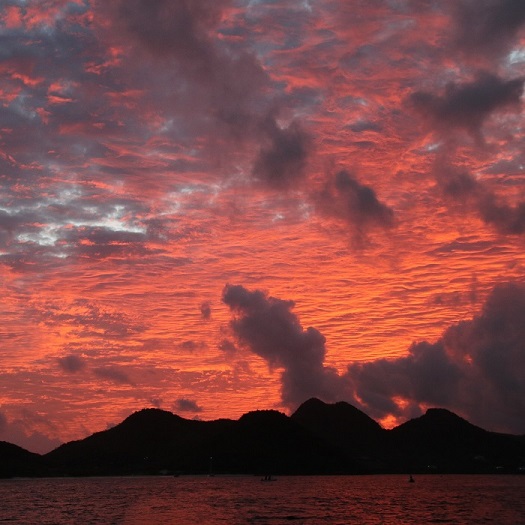
“Those familiar with the adage ‘Red sky in morning, sailor take warning’ might consider this fiery sunrise of Altocumulus undulatus with smoky Stratocumulus silhouettes to be an ominous start to the day. But the sky, spotted by Bob Osborn (Member 54,749), appeared over the Caribbean, just north of Antigua, where it turns out the red-sky warnings don’t apply. This ancient piece of weather lore is backed up by some solid science – but for the middle to higher latitudes of the globe. At latitudes above 30 degrees in both hemispheres, the prevailing winds and jet streams mostly drive weather systems from west to east. This direction of travel, and the fact that storms tend to arrive as fronts with gaps of more settled weather in between, form the basis for why the weather proverb is often accurate. A morning of bright red cloud cover suggests that the sky is clear off to the east where the Sun is on the horizon so that its light can shine uninterrupted up to the cloud cover overhead. This suggests the gap of settled weather has passed and the illuminated cloud might be the start of the next lot of stormy weather arriving. For these reasons, the phrase and its evening counterpart, ‘Red sky at night, sailors’ delight’, both work pretty well in temperate, maritime regions of the world. But winds blow differently in the tropics where Bob spotted his morning red sky. At latitudes below 30 degrees, the prevailing winds, known as trade winds, generally blow the other way: from east to west. A red sky in the morning, therefore, is of little concern for a low-latitude sailor like Bob, who told us ‘it marked the beginning of a beautiful day sailing in steady trade winds’.”
28th March 2023 Dominica is one of the “islands that kiss the clouds” a mountainous island that has beautiful rainforests. Brenda and I took a tour with friends. It was a magical day.
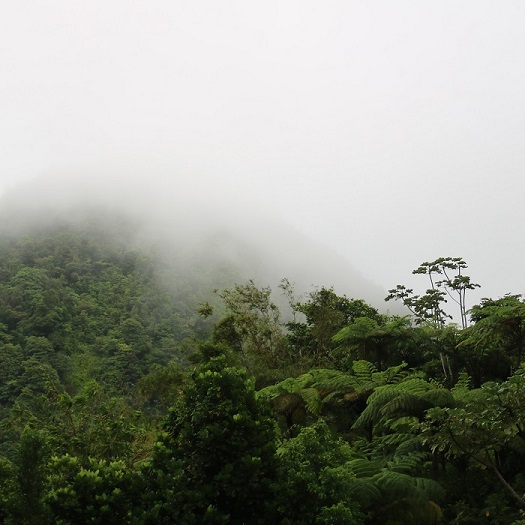
“Nicknamed ’The Nature Island’ of the Caribbean, Dominica lies in the West Indies and boasts mountainous rainforests abundant with plants and animals. They also host a fair few clouds, like these Stratus spotted by Bob Osborn (Member 54,749), who tells us the island’s mountain peaks are almost always shrouded in clouds. These, Bob explains, ‘keep everything lush, including the giant tree ferns that are abundant here.’ But the flow of nourishment is a two-way street. Not only do the clouds help maintain the forests, but the forests in turn contribute to the formation of the clouds. Trees in rainforests introduce moisture into the air through the process of transpiration. This is the tree equivalent of sweating, when moisture evaporates from their leaves to help keep them cool. The moist air rises and can cool enough to condense into cloud. In time, the clouds release rain and hand their moisture back to the trees, creating a self-sustaining ecosystem in which land and sky support one another. “
25th June 2023 Perhaps the best part of being on passage is the constant display of interesting clouds. My favorite deck watch is from 03:00 to 08:00 as I am treated to a sunrise most every morning. I often miss the sunsets as I am generally busy cooking dinner at that time.
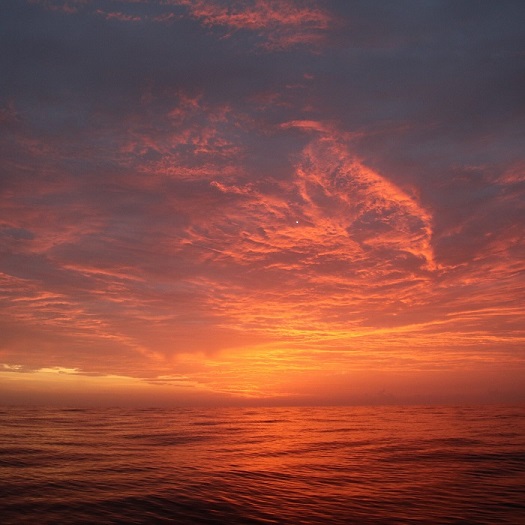
“While sailing in his sloop, Pandora, from Saint Thomas in the US Virgin Islands to his home in Connecticut, Bob Osborn (Member 54,749) admired an Altocumulus at sunrise near the island of Bermuda. This was the stratiformis species of Altocumulus, which is when the cloud layer extends across the majority of the sky. Bob said it was a beautiful day at sea, homeward bound after a winter aboard in the Caribbean.“
5th April 2024 There is so much variation in sunrises and sunsets that watching them never gets old.
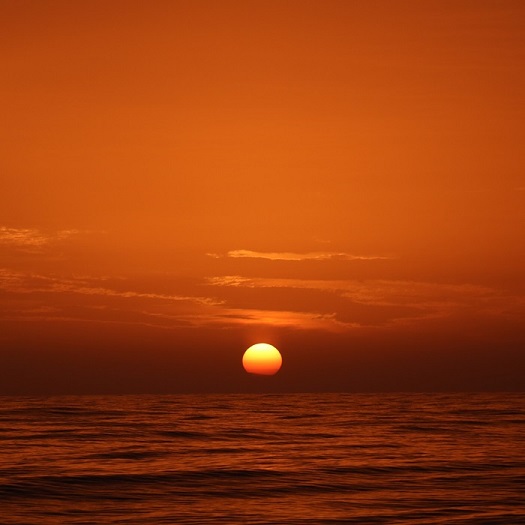
“‘So when the sun in bed,
Curtain’d with cloudy red,
Pillows his chin upon an orient wave,
The flocking shadows pale
Troop to th’infernal jail,
Each fetter’d ghost slips to his several grave…’
From the ode ‘On the Morning of Christ’s Nativity’ (1629) by John Milton.
Altocumulus at sunset spotted on board the sloop Pandora while on passage from Saint Thomas, US Virgin Islands to Connecticut, US by Bob Osborn (Member 54,749).“
5th January 2025 There is no other island in the Caribbean that has captured our interest more than Antigua. Due to high winds last season we spent even more time there. With Montserrat in the distance, the view is often arresting.
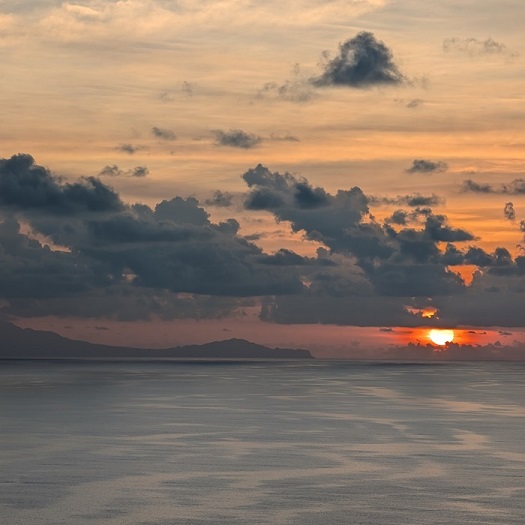
“‘The sun is spent, and now his flasks
Send forth light squibs, no constant rays;
The world’s whole sap is sunk;
The general balm th’ hydroptic earth hath drunk…’
From the poem ‘A Nocturnal Upon St. Lucy’s Day, Being the Shortest Day’ (c.1633) by John Donne.
Cumulus, Altocumulus, and Cirrostratus clouds spotted at sunset over the island of Montserrat from English Harbour, Antigua by Bob Osborn (Member 54,749).“
29th July 2025 In spite of this cloud’s tremendous size, we were spared the worst of the winds. Being struck by lightning, and getting my electronics fried, is my greatest fear when on passage.
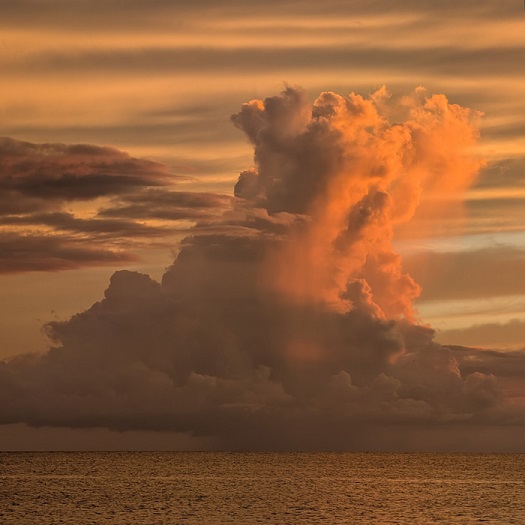
“Bob Osborn (Member 54,749) was sailing the Atlantic Ocean between Bermuda and Horta island in the Azores, Portugal, on the sloop Pandora, when he spotted a Cumulus congestus cast in menacing orange by the setting Sun. This cloud appears to be dissipating, but according to Bob, it did not intend to go gentle into that good night. ‘A few hours later, we had to reduce sail as the strong winds passed over us,’ he said. ‘For certain, this beauty was a beast.’“
12th August 2025 It is rare for Brenda to take a photo of a sunset that I don’t also witness as we are generally together when the sun approaches the horizon. I don’t recall why I wasn’t there at that moment but perhaps I was ashore for a meeting of the Royal Naval Tot Club of Antigua and Barbuda. Brenda’s not a fan of rum so she often sits these events out. This moment was my loss…
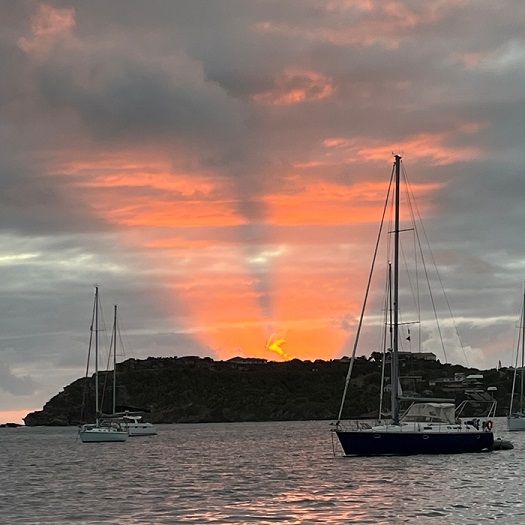
“Brenda Osborn spotted these crepuscular rays from the deck of the boat she shares with her husband Bob Osborn (Member 54,749). They were in Falmouth Harbor, Antigua, the Caribbean. Crepuscular rays like these can appear when clouds cast shadows onto other clouds, creating beams of light and shade. In this case, a gap in the tall Cumulus clouds off on the western horizon allowed light from the low evening Sun to shine up onto the underside of Altocumulus clouds above Brenda. A small fragment of Cumulus, known as Cumulus fractus, cast its own shadow in the middle, splitting the beam into a V shape.“
30th August 2025 After months of preparation to sail to the Azores, I was particularly entranced by the extinct volcano Pico and her many faces, always made better the cloud displays that change with the hours. During our time in the Azores, I took countless pictures of this mountain, the tallest in the Atlantic basin.
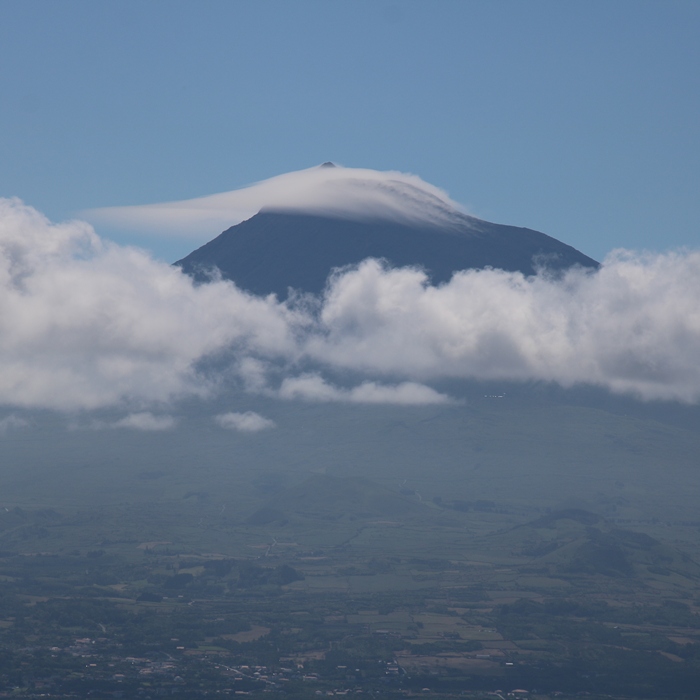
“As Bob Osborn (Member 54,749) sailed past Horta in the Azores, Portugal, he noticed that Mount Pico, an extinct volcano and the tallest peak in the Atlantic basin, was wearing a jaunty hat.
Known as a cap cloud, this is an example of the lenticularis species of cloud forming directly over, or in contact with, the peak of a mountain or hill. It develops as a wave of moist air flows over the summit, cooling enough at its crest for some of its moisture to condense as a smooth cap. Cumulus humilis clouds drift by in the foreground.
Perhaps from its height of 2,350 metres (7,710 feet), Mount Pico could see a change of weather coming and decided to dress accordingly.“
There is something magical about clouds and while I have always loved looking up into the sky, being a member of the Cloud Appreciation Society has made me even more keenly aware of the simple pleasure of enjoying the constantly changing display.
I hope that you too enjoy Cloud Appreciation Day on September 12th. I’m ready and will be wishing for the perfect photo that will make my Cloud-A-Day submissions a baker’s dozen.
Just in case you are inspired to join. Once again, the link is https://cloudappreciationsociety.org/
Who knows, perhaps you will have your own Cloud-A-Day. You won’t be alone…

